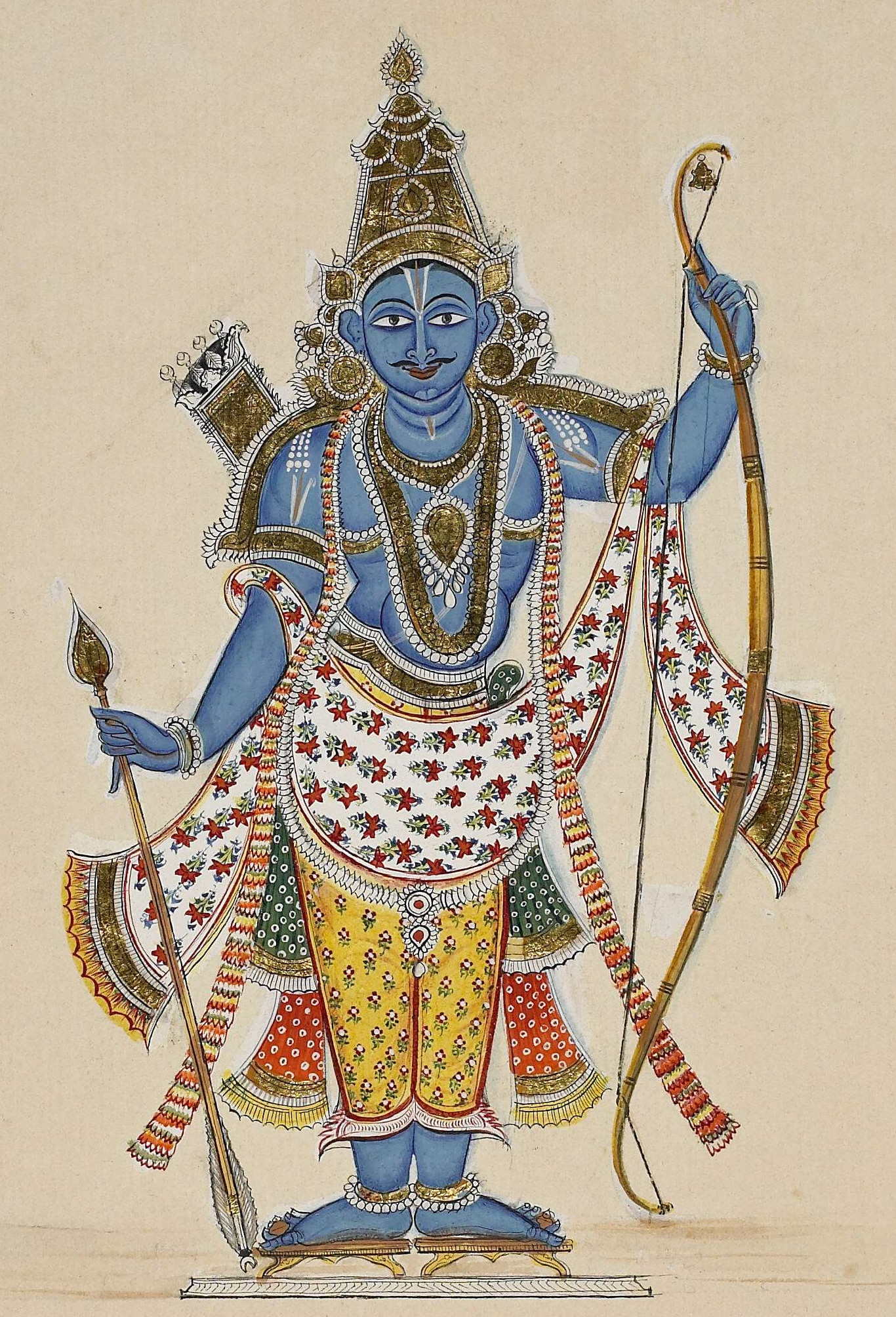Sarà l’attrice pluripremiata e attivista indiana Shabana Azmi la madrina del 13° River to River Florence Indian Film Festival, unico festival italiano interamente dedicato alla cinematografia indiana, che si terrà a Firenze (Cinema Odeon, Piazza Strozzi 1) dal 22 al 28 novembre.
Shabana Azmi, attrice di oltre 120 pellicole (recentemente l'abbiamo vista nel film di Mira Nair Il fondamentalista riluttante), sarà l’ospite d’eccezione del festival e verrà omaggiata con la prima retrospettiva italiana dei suoi film, con la proiezione di capolavori quali Ankur (1974) di Shyam Benegal, Citta della Gioia (1992) di Roland Joffè, Fire (1996) di Deepa Mehta.
La star, nata a Mallepally Hyderabad il 18 settembre 1950, è conosciuta in tutto il mondo anche per l’impegno nel sociale per i diritti delle donne e la lotta contro l’Aids, è rappresentante del Fondo delle Nazioni Unite per la Popolazione e ed è stata un membro dell’Assemblea degli Stati del Parlamento Indiano.
La tredicesima edizione di River to River è suddivisa in tre sezioni: lungometraggi, documentari e cortometraggi.
Sarà il pubblico a decretare per ciascuna categoria il vincitore del premio “River to River Bitebay Audience Award”. Non mancherà il cinema di Bollywood, genere che sta riscuotendo consensi anche nel nostro Paese e, tra gli eventi speciali, il sodalizio artistico con l’Anifest - festival di cinema di animazione di Mumbai - presente con 5 cortometraggi di animazione in anteprima europea. Saranno inoltre proiettati 4 corti di altrettanti studenti provenienti dal Film and Tv Institute of India e la Whistling Woods International, le due scuole di cinema più importanti del Paese.
Una selezione dei “best of” e i film vincitori dell’edizione 2013 saranno proiettati a Roma, da venerdì 29 novembre a domenica 1 dicembre, presso il Nuovo Cinema Aquila (via l’Aquila n.66) e, a febbraio 2014, allo Spazio Oberdan di Milano (Viale Vittorio Veneto n.2).
Per saperne di più






